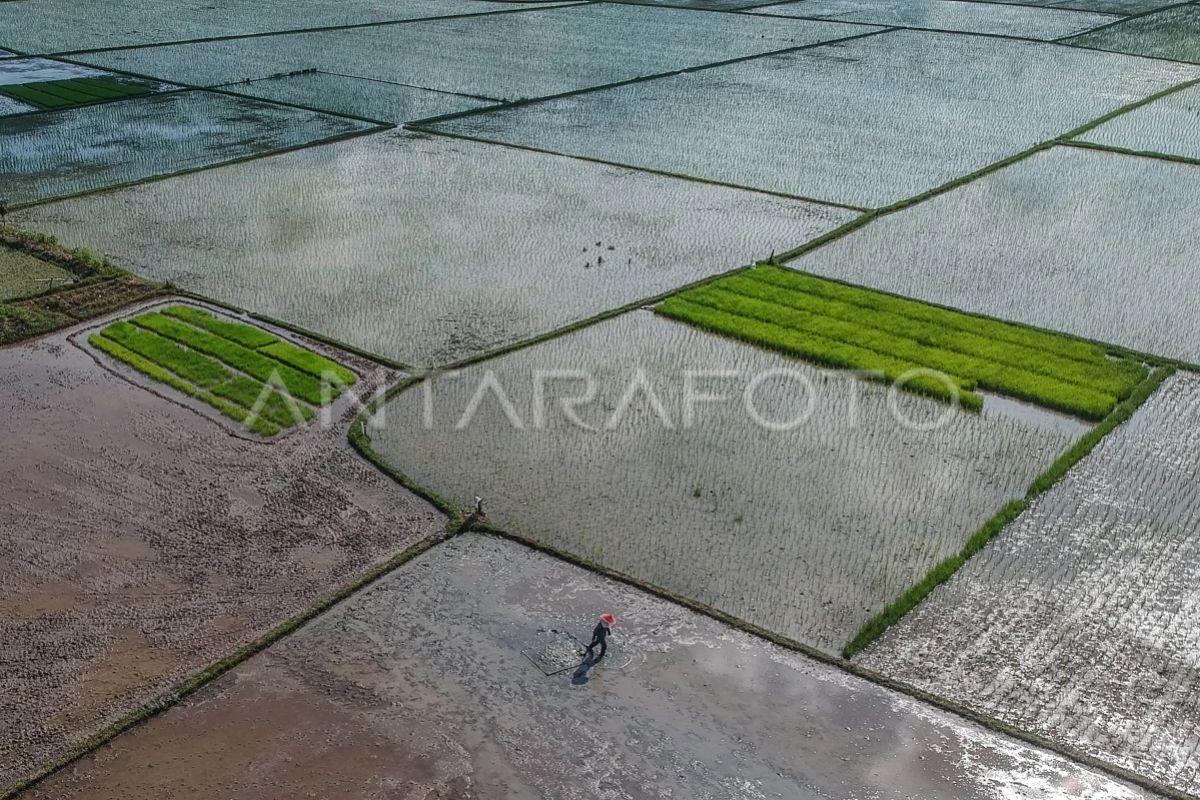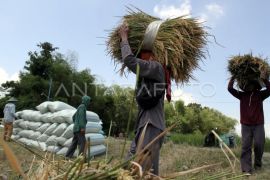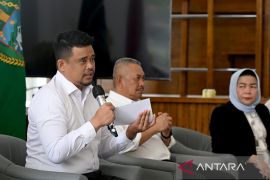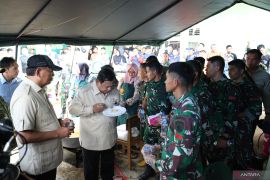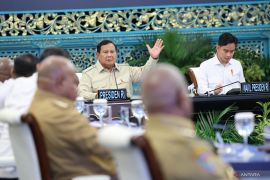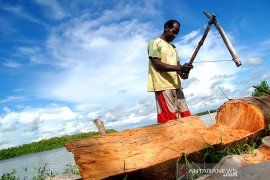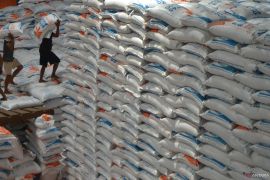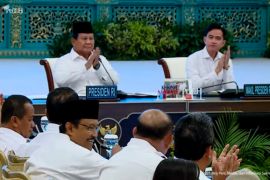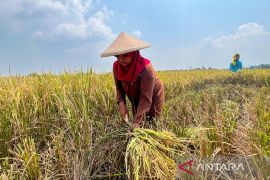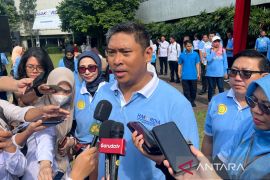The initiative targets Zone 3 regions — including Papua, Maluku, and East Nusa Tenggara (NTT) — where rice prices have surged due to limited production and high logistics costs. The move complements the government’s Food Supply and Price Stabilization (SPHP) program, which aims to keep staple food prices in check.
“We will develop rice fields in regions like Papua as a permanent solution going forward,” Sulaiman told reporters after a coordination meeting at the Agriculture Ministry in Jakarta.
The SPHP market operation will continue until January or February 2026, supported by a remaining stock of around one million tons of rice, he added.
Related news: Indonesia to revamp fertilizer factories for food self-sufficiency
President Prabowo Subianto has instructed his ministers to achieve food self-sufficiency across all islands, covering rice as well as cooking oil and protein sources.
Sulaiman pointed to Kalimantan as an example, noting that the island, which once depended on supplies from Surabaya and South Sulawesi, is now self-sufficient in South, Central, and West Kalimantan.
To complete that goal, the ministry plans to intensify rice field expansion in North and East Kalimantan, ensuring the entire island achieves full food independence.
Nationally, the government aims to develop 225,000 hectares of new rice fields this year, with the figure expected to rise to 400,000 hectares in 2026. Around 200,000 hectares will come from a large-scale food estate project in Merauke, Papua.
As of October 19, 2025, the average price of SPHP rice at the consumer level stood at Rp12,531 (US$0.76) per kilogram, slightly above the national retail ceiling of Rp12,500, according to data from the National Food Agency.
The program underscores Prabowo’s broader agenda to boost agricultural productivity and reduce import dependence amid rising global food prices.
Related news: Prabowo shows strong commitment to national food sovereignty: Scholar
Translator: Shofi Ayudiana, Raka Adji
Editor: Rahmad Nasution
Copyright © ANTARA 2025
